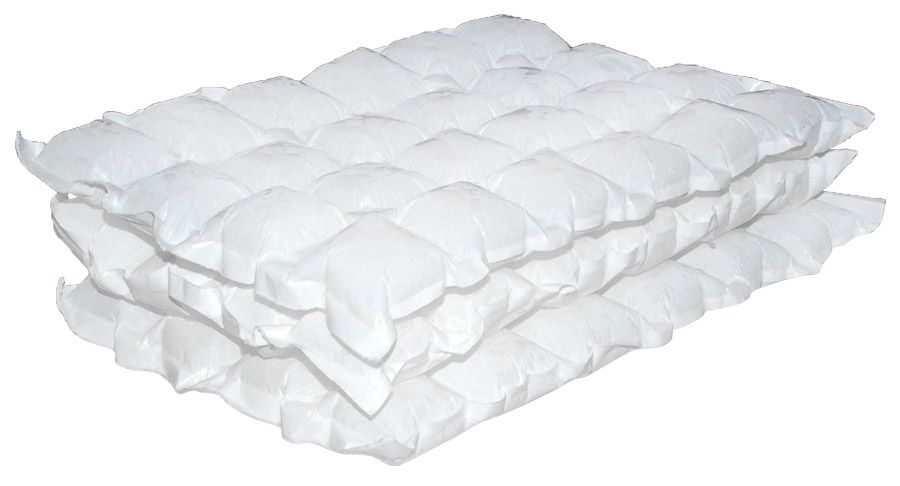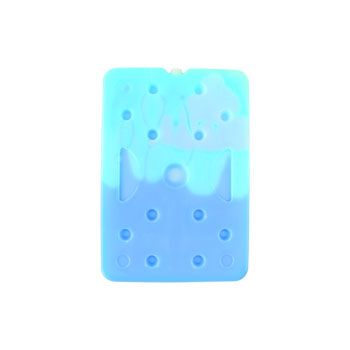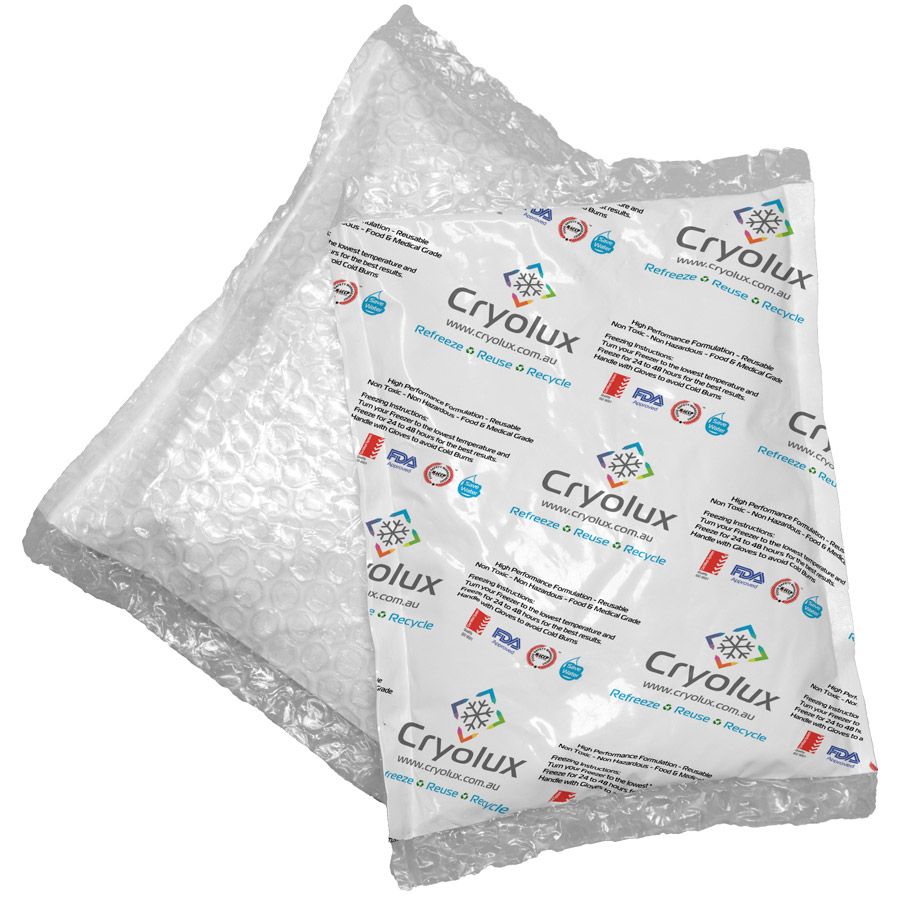With growing demand for storing and distributing temperature-sensitive products, the cold chain industry has been constantly innovating to overcome the challenges of nature. Recently, there have been several remarkable innovations which have broken several barriers in cold chain storage and logistics. Cryolux is a platform to review all these new innovations and make them available to consumers.
A refrigerant is a product that undergoes phase changes either from solid to liquid or liquid to gas and, based on its thermodynamic properties, it is used in temperature maintenance applications. Cold energy is usually managed using ice replacements. There are different types of ice packs; the most common ones are ice, dry ice, ice packs, gel packs, ice bricks, ice wraps, bubble back gel packs, instant ice packs, hot & cold packs & dry ice packs to name a few.
Icepacks, commonly called gel packs, evolved from the disadvantages of ice. Whilst ice could only freeze to 0 degrees, the cold phase of ice was a big barrier in the cold chain industry. The basic principle of refrigerants is: the colder the refrigerant, the longer they last The gel packs made with water would only freeze to 0 degree C and, as a result, melted really quickly. Gel packs evolved from water to sodium chloride (salt water), which had the ability to freeze at much lower temperatures, depending on the concentration levels. The higher the concentration of salt, the colder they can freeze and, therefore, the longer they stay frozen.
Dry ice, which is compressed carbon dioxide, sublimates at -78 degrees C and it has been in commercial use since 1924. Although it is relatively easy to manufacture, dry ice is classified as a “dangerous good for transport” and, as a result, requires specific transport systems and trained personnel to handle it. With rising cost pressures across all industries, there is a huge demand for innovations in simple cold chain solutions that are easier to manage and use.
There are several types of ice packs available on the market to suit different applications. The most common use of icepacks is cold transport. There are different types of icepacks; the most common ones are ice, dry ice, ice packs, gel packs, ice bricks, ice wraps, bubble back gel packs, instant icepacks, hot & cold packs & dry icepacks to name a few. Most of these are in direct contact with food and are to be Food Grade and approved by the US FDA. There are some products which are used in direct contact with the skin for therapies like cold therapy, heat therapy and contact therapy. In some countries, these products require further approval from the government. The FDA which is the regulatory body in the US , has recently banned the use of several glycol-based refrigerants that were being employed in icepacks due to adverse effects.













